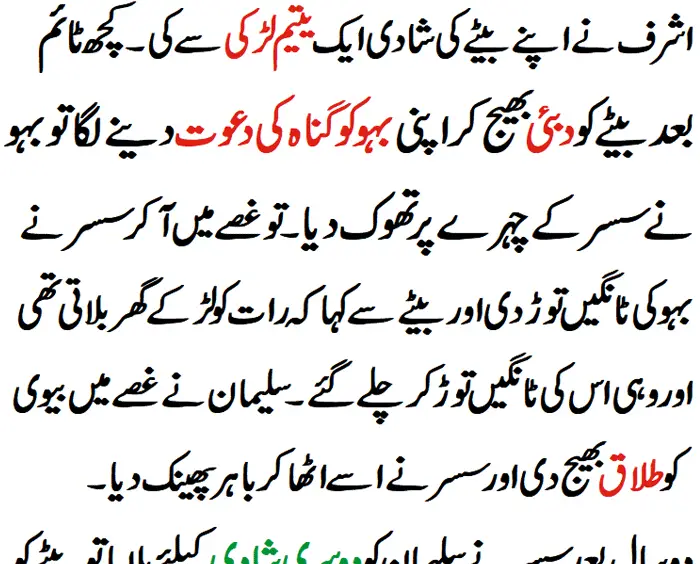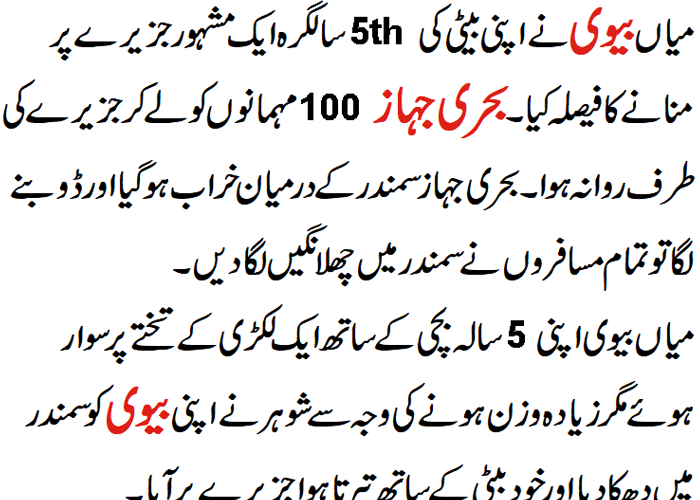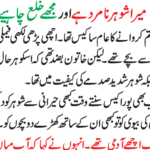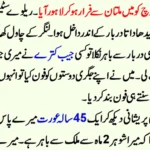Muscular dystrophy is a group of genetic disorders characterized by progressive muscle weakness and degeneration. It affects individuals of all ages and can significantly impact mobility and quality of life. Understanding the causes, symptoms, and treatment options for muscular dystrophy is essential for effective management and support for those affected by this condition.
Causes of Muscular Dystrophy
Muscular dystrophy is primarily caused by genetic mutations that interfere with the production of proteins needed to maintain healthy muscle tissue. These mutations can be inherited from one or both parents or may occur spontaneously.
Types of Muscular Dystrophy
There are several types of muscular dystrophy, each with its own specific genetic mutation and presentation:
- Duchenne Muscular Dystrophy (DMD): The most common and severe form, typically affecting boys in early childhood.
- Becker Muscular Dystrophy (BMD): Similar to DMD but with a later onset and milder symptoms.
- Myotonic Dystrophy: Characterized by muscle weakness and myotonia (prolonged muscle contractions).
- Facioscapulohumeral Muscular Dystrophy (FSHD): Affects the face, shoulders, and upper arms, often beginning in adolescence.
- Limb-Girdle Muscular Dystrophy (LGMD): Weakness and wasting of the muscles in the shoulders and hips.
Symptoms of Muscular Dystrophy

The symptoms of muscular dystrophy vary depending on the type and severity of the condition. Common symptoms may include:
- Progressive muscle weakness
- Muscle stiffness or rigidity
- Difficulty walking or climbing stairs
- Frequent falls
- Contractures (joint stiffness)
- Muscle cramps or spasms
- Respiratory difficulties
- Cardiac issues (in some cases)
Diagnosis
Diagnosing muscular dystrophy typically involves a combination of physical examinations, medical history review, genetic testing, and muscle biopsy. Early diagnosis is crucial for implementing appropriate treatment and support strategies.
Treatment and Management
While there is currently no cure for muscular dystrophy, various treatment options and supportive therapies can help manage symptoms and improve quality of life:
1. Physical Therapy
Physical therapy aims to maintain muscle strength, flexibility, and mobility. It may include exercises, stretches, and assistive devices to help individuals remain active and independent for as long as possible.
2. Occupational Therapy
Occupational therapy focuses on adapting daily activities to accommodate muscle weakness and improve functional abilities. It may involve assistive devices, ergonomic modifications, and energy conservation techniques.
3. Medications
Certain medications may help manage symptoms and slow the progression of muscular dystrophy. These may include corticosteroids to reduce inflammation and improve muscle strength, as well as medications to manage specific symptoms like pain or cardiac issues.
4. Assistive Devices
Mobility aids such as braces, walkers, wheelchairs, and scooters can help individuals with muscular dystrophy maintain independence and navigate their environment safely.
5. Respiratory Support
In advanced stages of muscular dystrophy, respiratory muscles may become weakened, leading to breathing difficulties. Mechanical ventilation or breathing aids may be necessary to support respiratory function.
6. Cardiac Monitoring
Regular cardiac evaluations and monitoring are essential for individuals with certain types of muscular dystrophy, as cardiac complications can occur.
Research and Future Directions
Ongoing research into the underlying mechanisms of muscular dystrophy and the development of potential treatments, including gene therapies and novel medications, offer hope for improved outcomes and quality of life for individuals with this condition.
Conclusion
Muscular dystrophy is a complex genetic disorder that affects muscle strength and function, leading to progressive disability. While there is currently no cure, early diagnosis, multidisciplinary care, and supportive therapies can help manage symptoms and improve quality of life for individuals living with muscular dystrophy.







